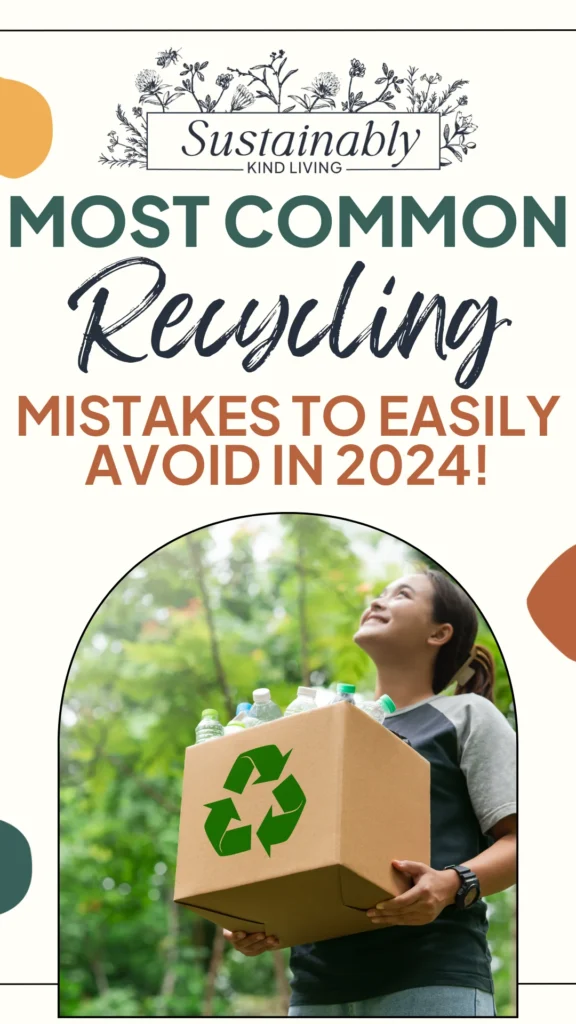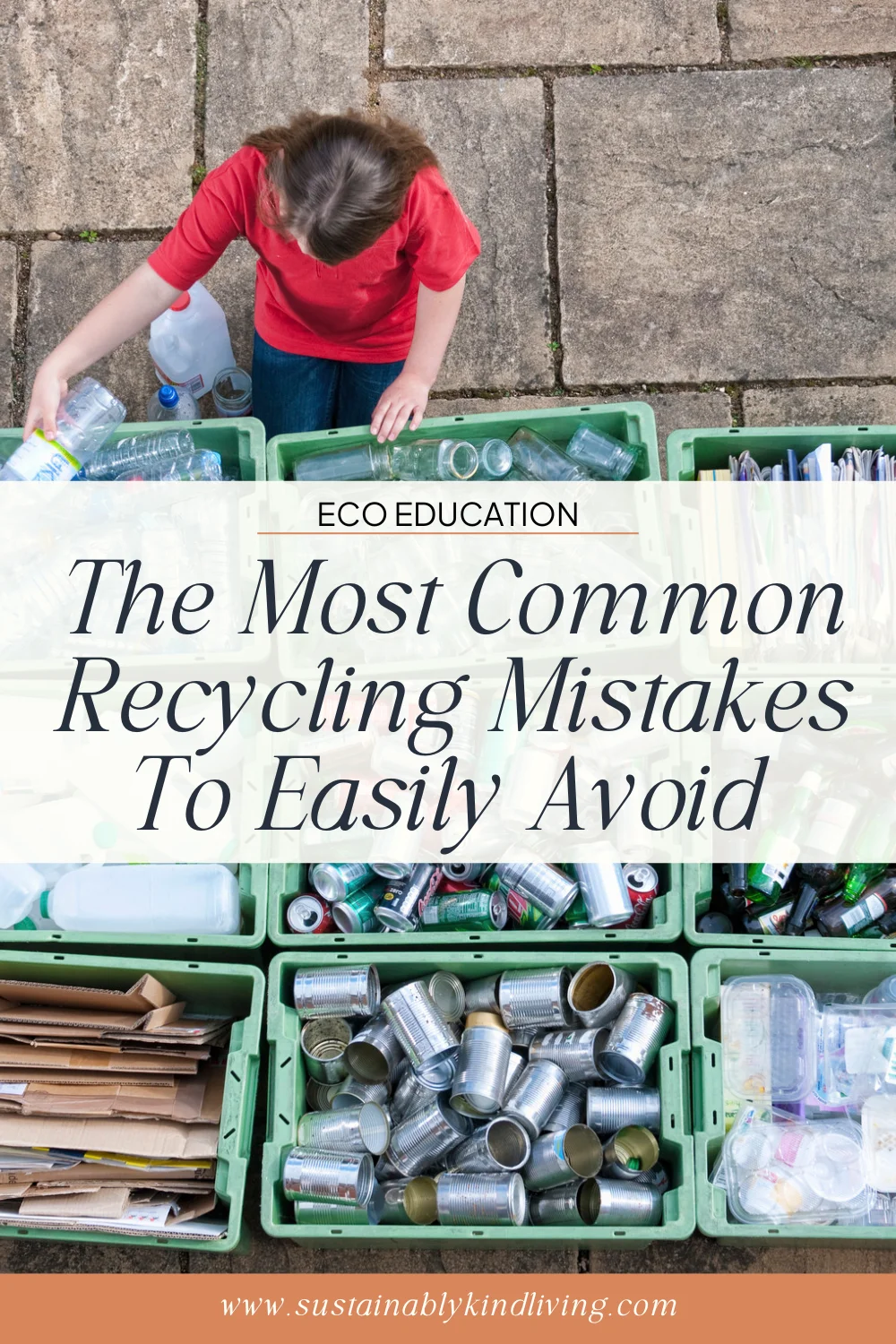SKL is reader supported. When you buy through links on our site, we may earn affiliate commission. Learn more here.
Updated on April 19, 2024
Recycling is a thing we should all be doing by now – it helps reduce the impact of any waste we create by transforming it into new items.
However, it can sometimes be hard to find out about the specifics of recycling, leading to us making some common recycling mistakes that could easily be avoided.
Why is proper recycling so important? Sometimes, incorrectly recycled items can ruin entire recycling batches, which are then sent to landfills. Needless to say, it’s best to avoid these common recycling mistakes at all costs.
P.S. Don’t forget to check out our full guide to the 25 Best Places To Recycle Old Clothes That Cannot Be Donated.
1. Putting Containers Contaminated With Food Into Recycling
Even if the item is recyclable, it can’t be recycled if it’s contaminated with food. Those greasy pizza boxes don’t go in the recycling bin, and neither do plastic takeaway containers before you wash them thoroughly. This food residue can also leak onto other items in your recycling bin, contaminating other items.
2. Leaving Bottle Caps On
When recycling plastic bottles or cartons, always remove the caps. Leaving them on creates several problems in the recycling process.
Firstly, there’s likely to be some liquids left in a bottle that has the cap on, which can complicate the job of recycling machines working based on weight. It’s also likely to cause issues when the material is pressed together.
3. Recycling Broken Glass/Porcelain
Broken glass from shattered windows, plates, or glasses can’t be put into the recycling bin, as it can damage machinery or injure recycling facility workers.
Dispose of broken glass in the general waste bin and wrap it thoroughly in a bag or a piece of fabric.
4. Recycling To-Go Coffee Cups With Your Paper
These cups can’t be recycled as normal paper items are, as they are lined with a layer of plastic on the inside. This requires a special recycling technique that will separate the two layers.
As most of us don’t usually have a spot for recycling coffee cups readily available, the best option is to skip single-use cups entirely and opt for reusable ones instead.
5. Putting Recyclables In A Plastic Bag
If you’re putting your recyclables in a plastic bag and tossing it, you may as well send it straight to the landfill! Always make sure you toss your recyclables into the recycling bin loosely, as that’s the only way to make sure they’ll be recycled properly.
6. Not Recycling Your Old Clothing
If you have an old piece of clothing that can’t be repaired, why throw it in general waste? Many different fabrics can now be recycled, so look for your nearest fabric waste collection point or a clothing store that will recycle the clothing waste for you.
However, if your clothes are still in good enough condition to be worn by someone else, why not rather sell them or donate them to a charity shop?
7. Putting Small Items In The Recycling Bin
If the items you’re putting in the recycling bin are smaller than a Post-it note, they’ll likely do more damage than good in the recycling bin. These pieces can fall through machinery or even damage it.
Some of these items can still be recycled if they’re thrown into bigger containers (e.g. soda can tab can be thrown inside the can) or rolled into a ball (such as aluminum foil).
8. Recycling Plastics With A Layer Of Aluminum
Some plastic bags, such as those that most crisps come in, have an aluminum layer on the inside, which makes them unrecyclable. It’s best to avoid these, but if you can’t avoid these bags, they should go straight into general waste – not the plastic recycling bin.
9. Not Following Your Local Instructions
The guidelines for recycling vary from country to country and city to city. Be sure to check your local recycling instructions, as they’ll likely be different from those you may read about on a blog of someone living elsewhere. I believe this is one of the key ways to avoid all those common recycling mistakes!
10. Recycling Instead Of Reducing
Lastly, we need to think about reducing the amount of waste we produce, besides just recycling whatever waste we create.
For recycling to be fully effective in helping us tackle the waste crisis, we need to reduce the load piled onto recycling facilities, especially when it comes to plastic, the recycling of which is more complicated than any other material.
If you enjoyed this article, check out these other community favorites below!
- 25 Best Places To Recycle Old Clothes That Cannot Be Donated
- 20 Best Ways to Reuse Old Clothing With Helpful Tutorials
- How to Make the Most of Plastic-Free July: Easy Steps to Start and Keep it Up!









An interesting read, thank you! I definitely make some of those mistakes so it’s great to know this kinda stuff.
Thank for taking the time to read! We have learned so much through our research – the statistics are shocking!